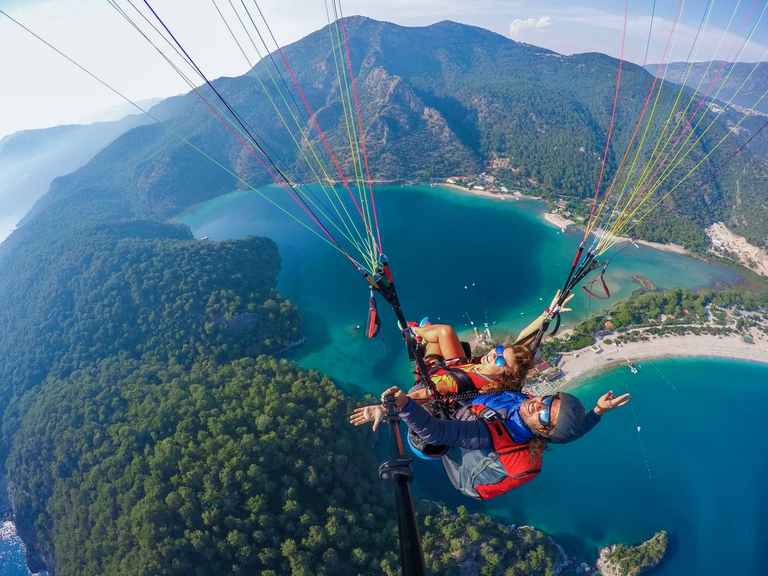Extreme sports, also called action sports or alternative sports is a broad term describing any action or adventure sports that include a high dosage of risk, height, speed, natural challenges, and physical struggle. There are about 100 extreme sports. The sports most commonly placed in this category are base jumping, paragliding, windsurfing, snowboarding, scuba diving, bungee jumping, mountain biking, skateboarding, freestyle skiing, in-line roller-skating, street lugeing, and BMX and ice climbing, the list continues.
Extreme sports has cause millions of cases of injuries and fatalities than traditional sports, such as football and swimming. This is because extreme sports, by their nature, involving high speeds, heights, and other dangerous conditions has more chances of resulting in fatal accidents.
A research had reported a total of 4,083,691 injuries for all 7 extreme sports between 2000 and 2011, of which 460,115 (11.3%) were Head Neck Injuries (HNIs). Of the total reported HNIs, 381,760 (83%) were head injuries and 78,355 (17%) were neck injuries. The average number of HNIs was 38,385 per year. That's an insane statistics which continues to grow year in year out.
There are also statistics of deaths related to extreme sports with base jumping with the highest, considered as the world's most dangerous sport. Despite these risks, People are trooping in to join the risky adventure.
Some researches have shown that there is a strong link between extreme sports and a higher level of self-confidence. But how well is that confidence sought for when one has a slim chance of being alive to celebrate the win?
Would you participate on extreme sports? Why?
